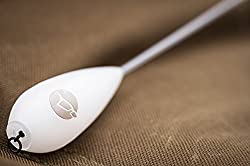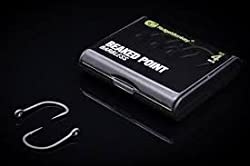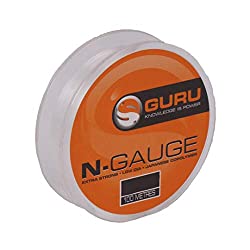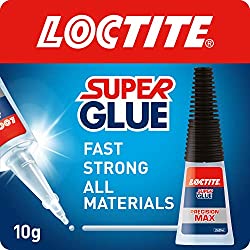Floater angling is often the most explosive, exhilarating, heart-stopping form of angling there is and one that I am totally addicted to… read on as I reveal why and how I go about quietly winkling out those cagey specimens…
“They do not take floaters in here!” I have heard that comment more times than I can shake a stick at and quite frankly, it is music to my ears. The determination and competitive nature inside me loves the challenge of surface fishing. It feels pure, like you are right in the thick of it, the true essence of angling. Waters that are notoriously hard for floater fishing can often provide the most hectic action of them all, if you are patient and persistent.

Surface angling takes me back to my boyhood. I have fond memories of just a 9ft rod strapped to the rusty old handlebars of my mountain bike in search of chub. I would cycle down the pothole-ridden lanes destined for the river Ouse on the hunt for a willing chevin. It was always a summer past-time. I’d setup up a bubble float, fill it with water and then tie on a size 6 hook to which I nicked on a huge lump of breadcrust. Full of excitement and dreams I would underarm the fluffy, white crust in front of the swim and let it trot down in the current under some snaggy branches which just tickled the surface. My eyes would be fixated on that chunky crust. As it swirled and bobbed in the flow, I huge pair of lips would rise to the surface. In a split second, my heart would race and I’d feel a huge surge of adrenaline as their lips closed and the line sprung tight. As if by routine, I’d sweep the rod back and gain contact with a powerful chevin. It was like poetry in motion or at least that is how I remember it. To this day, it still is the most exhilarating form of angling that I know, except I have turned my surface skills to an even bigger specimen.
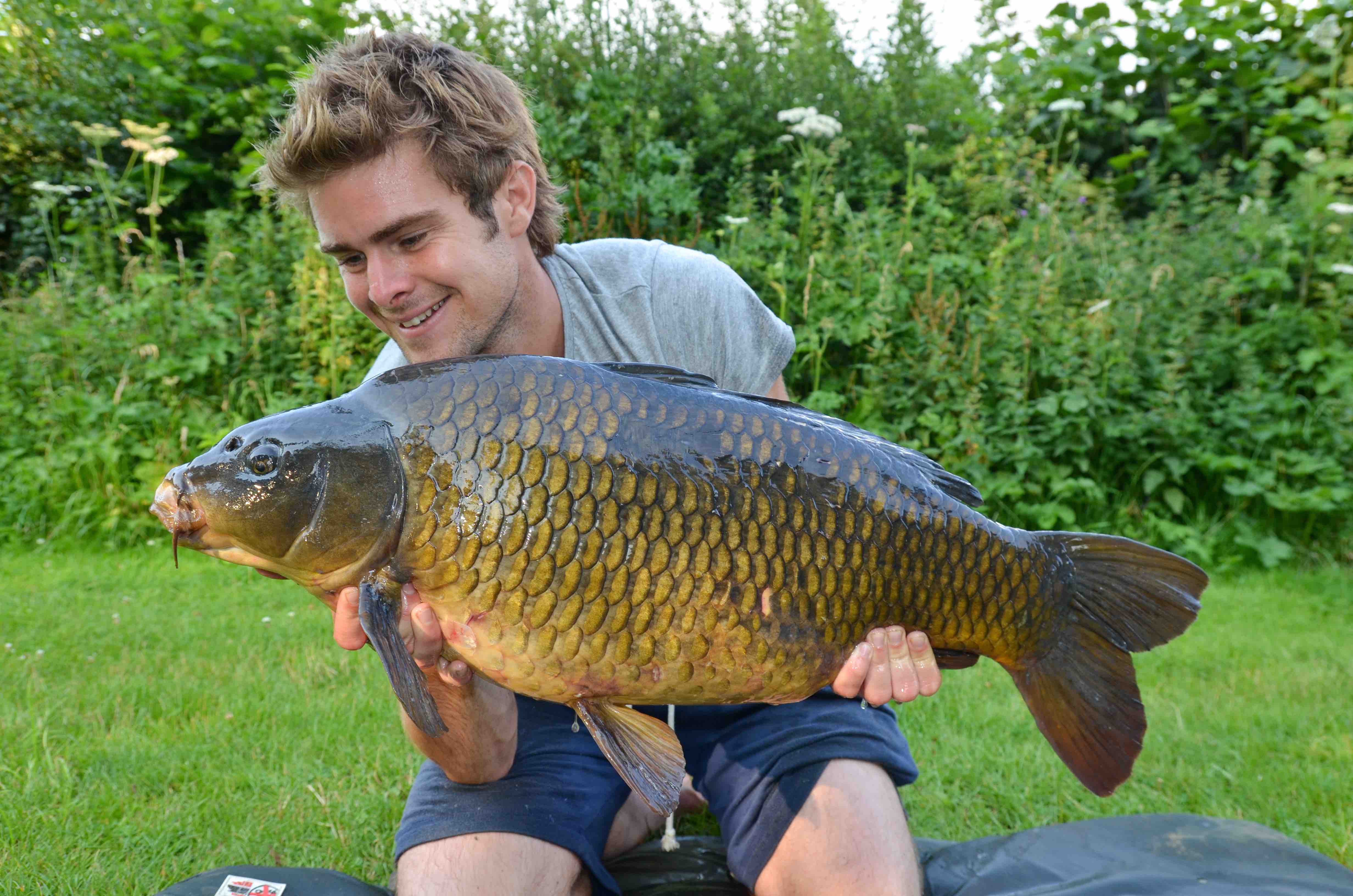
Fooling a wily, old carp off the top is an art. It requires skill, patience and persistence. It is rarely easy. In fact, it can be one the most frustrating events you are ever likely to encounter in your angling. But, it has to be the most enjoyable and rewarding if you get it right.
It requires finesse and huge attention to detail. The smallest percentages make the biggest differences – like anything, I guess. A tweak in your hook link material to blend it in with the surface film, or a change in the buoyancy of your floating bait could be that smallest detail to tempt a feeding, surface carp into sucking in your hook bait with gusto or with caution.
It is a game of cat and mouse. You have to tread carefully. If they know you are present, you can count on it that your chances have faded away. The slightest heavy footstep, crack of a stick, or flash of a shadow can raise suspicion. You have to outwit them.
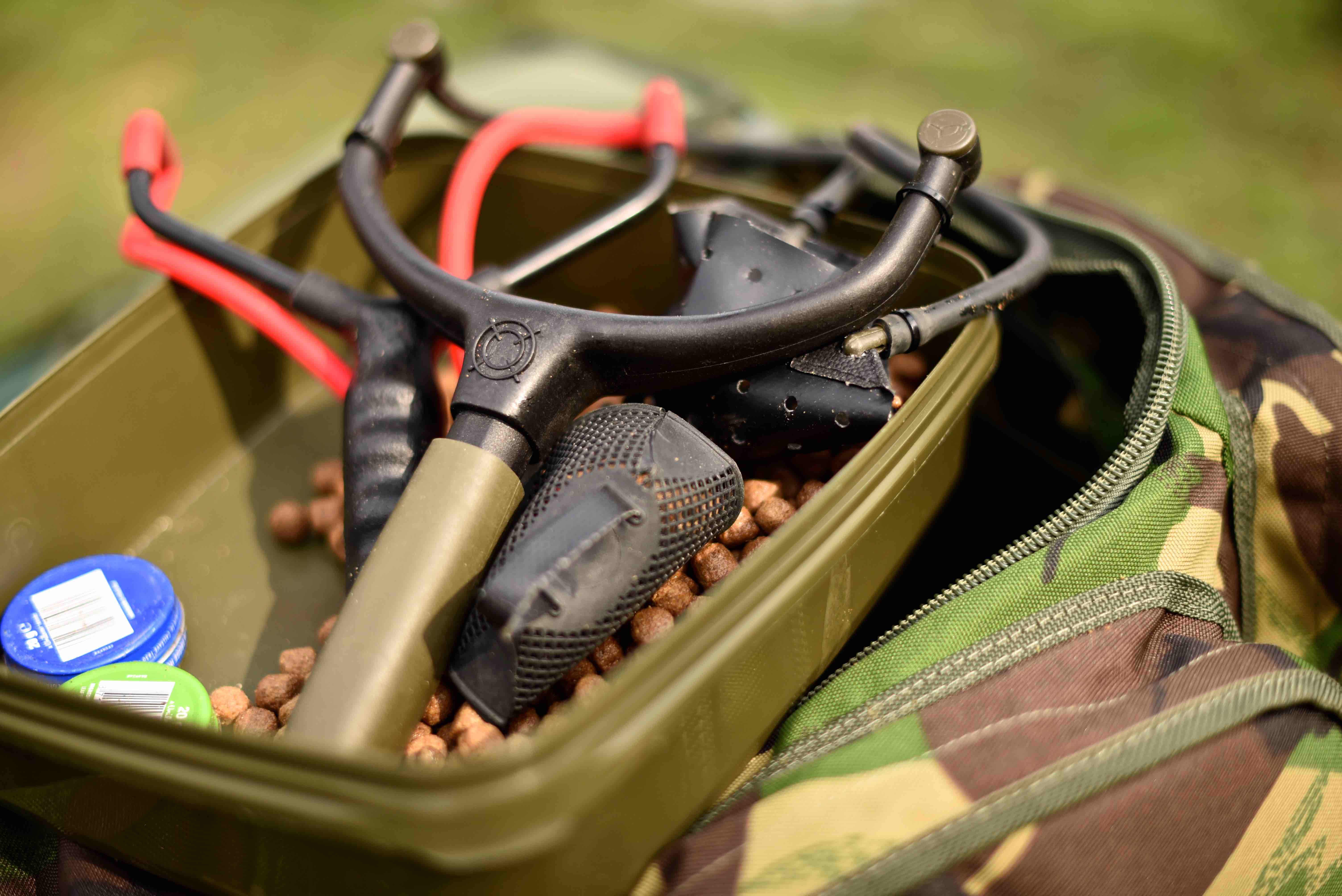
I remember a few years back, I was crouching, nestled deep in the towering Norfolk reeds on a session late April. Everything was beginning to awake from a harsh winter and after a fruitless night I decided to go for a walk. I strolled quietly around to one of the finger bays and noticed a few very faint rings coming from what looked like a small dimple on the waters surface. Puzzled with my sighting, I decided that I needed to take a closer look. I shinned up a nearby tree for an aerial view.
The early spring sun was beating down on the waters surface, it was perfect for fish spotting. Seeking a high vantage point, with one foot on a tough, wiry, branch and the other on the bough of the tree, I grasped another with my hand and peered through the foliage in a small gap. Through my polarising sunglasses, I noticed a light twinkling from what looked like a stationery object in the water. That motionless statue, which was only just breaking the surface was a carp, and a good’un at that. Right next to what I identified as a hefty common was a boxy-shaped mirror of around 20. They were lethargic, but ever so high in the water. It was the first blast of spring warmth and even though the air temperature was still fairly cold they were enjoying the extra sun nearly as much as me. I knew that the chances of them feeding were slim but it did give me an insight and I hatched a plan ensuring to have some floaters in the car for the next session.

The temperatures climbed over the next 24 hours and I returned a day later, itching to get back into the bay. After climbing the high, viewing tree, I noticed five to six carp all milling around just under the surface. This time I had bucket full to the brim with a mixture of floating pellets…and plenty of them.
There was a slight ripple on the surface, so I decided to incorporate an old trick with the use of fish oil, Tuna Oil to be exact. Away from the swim, I lightly covered the mixers and then closed the lid. I use various sizes of baits as it confuses the carp and they never get preoccupied. I shook it vigorously to ensure that each floater was coated. Sound and disturbance needs to be kept to minimum!
Crouching behind a nearby bush, as to conceal my presence, I filled the catty with baits and peppered the surface lightly with floaters. My plan was to let them drift downwind and into the bay. The surface film went calm and motionless as the oil worked its magic, but there was just enough ripple to send them into the zone. I continued to feed floaters for an hour or so and kept re-climbing my lookout tower only to see even more carp enter the bay. I kept up my efforts and to my amazement I pair of lips broke the surface film and tentatively slurped down one the smaller floating pellets…my heart skipped a beat and every hair on my body stood on end. As he sunk back into the abyss, another carp slurped in a mixer and before long I had three to four feeding carp. I continued to drift mixers over their heads. I never feed directly on top of surface-feeding carp. They are ever-so touchy on the surface and if they feel that something isn’t right, quite often they will bolt and send the whole shoal into a mass state of panic. Like I said, finesse, stealth and guile are what you need.
I wanted to build their confidence, send them into a frenzy where they literally had to beat each other to get to the next floater. With five more pouch loads of mixers sprayed upwind, I began to tie up a suitable rig.
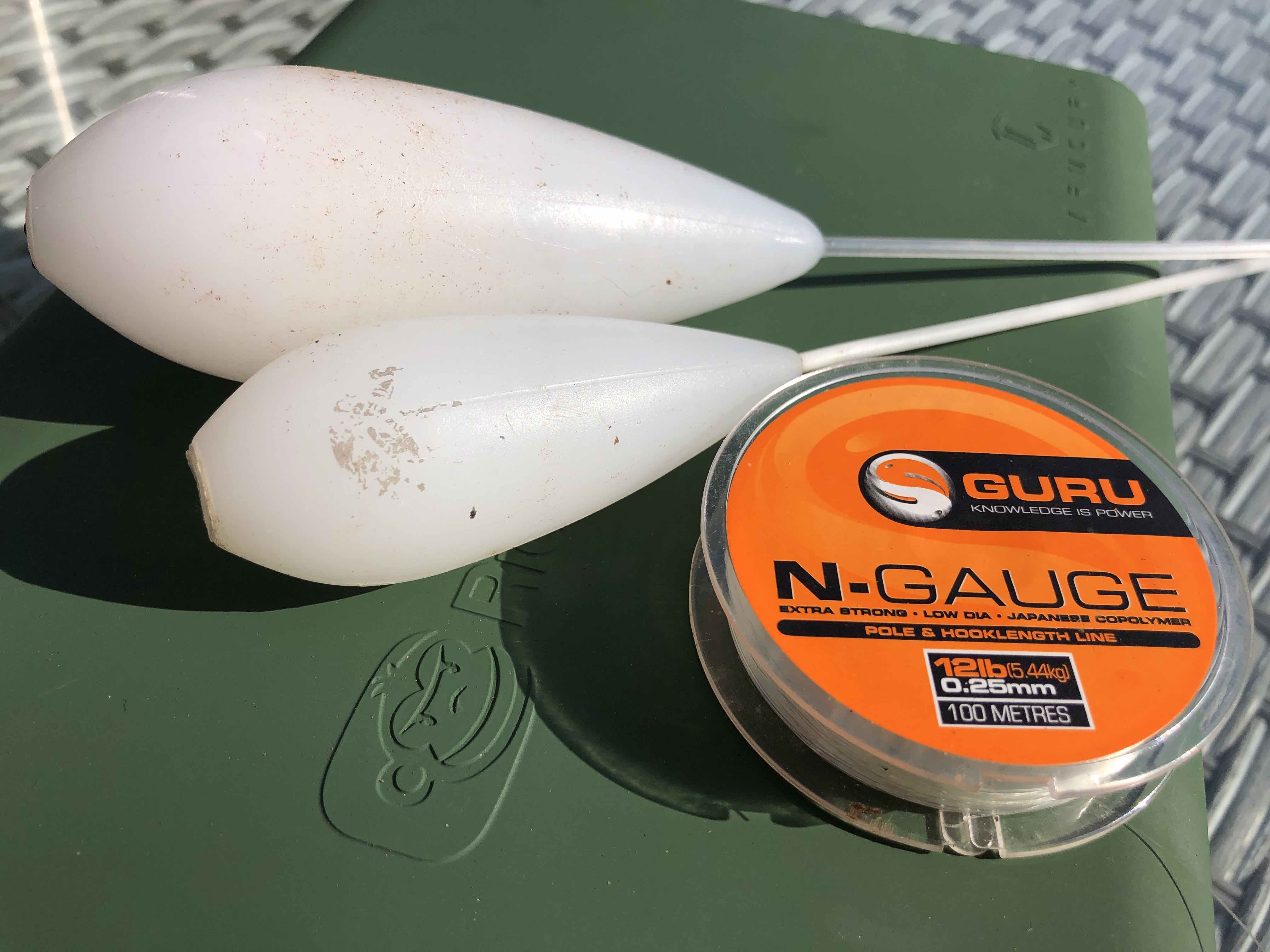
You must weigh up the situation when choosing your tackle combination. I asked myself – is there weed present? How big are the carp? Will I need to cast far? These factors should have a dramatic effect on your presentation.
The fish were 30yrd or so out. I’m a huge fan of inline controllers as they fly like darts and can often help in setting the hook a bit like bottom fishing. I threaded one on, attached my hook link and to this I superglued a whittled down, Duo Floater to the back of the shank. These are the perfect floater hook bait. They’re subtle in colour, mimicking a mixer perfectly, and aren’t too buoyant thus making them appear unnatural.
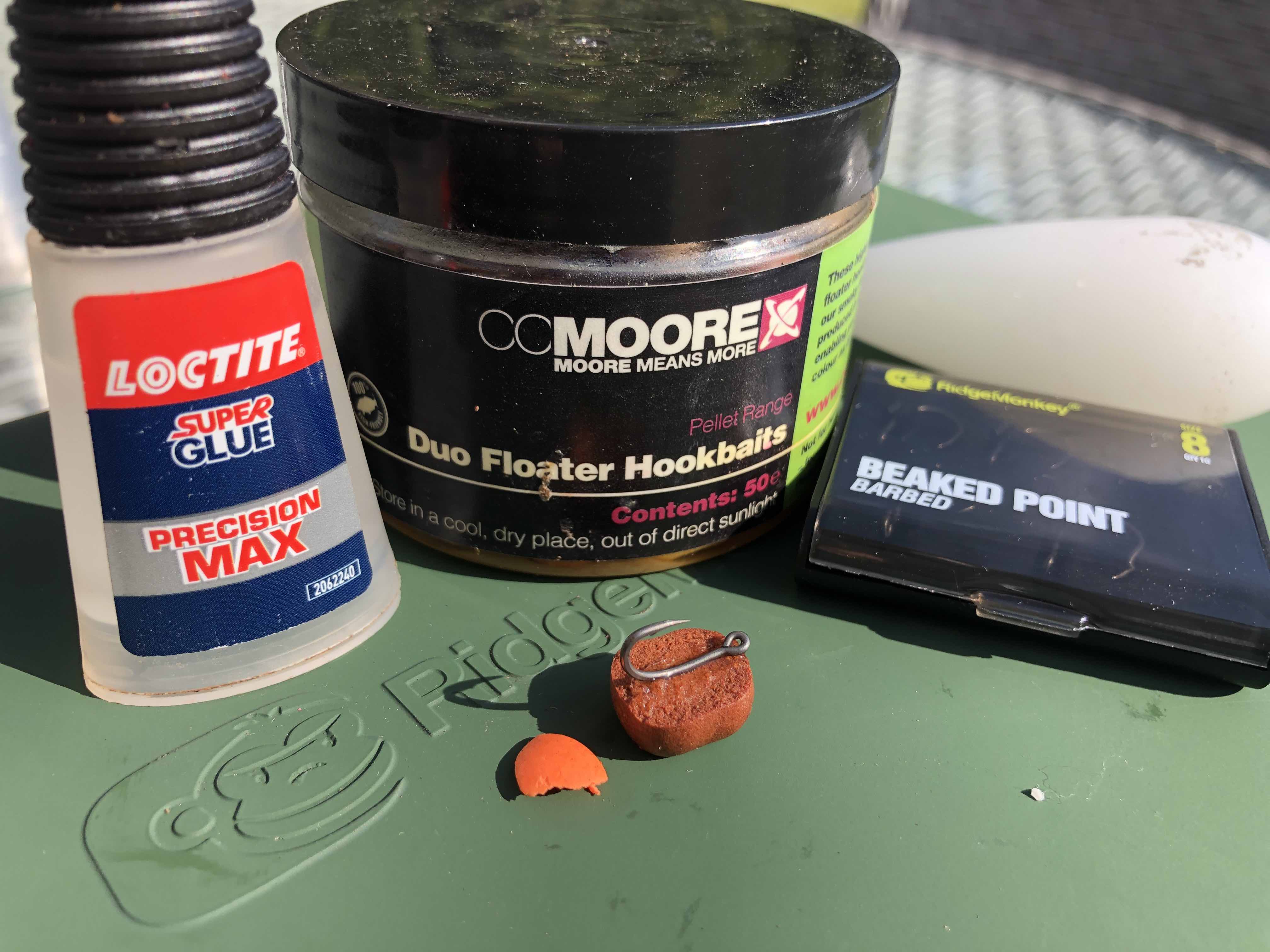
The hook was a size 8, but needle sharp and honed with a sharpening tool. Carp are very wise on the surface so if you nick them, the point needs to go in. To aid in seeing the hook bait, I also superglue a sliver of pink to the top of the pop-up. The carp don’t see this, but I do.
I like to carefully watch the pink pop-up and as soon as I see it disappear, I know to strike. I have done this ever since my chubbing days. As soon as the crust turned to black, I struck!
Due to the buoyancy on the back of the shank, it means that the heaviest part, my hook point, is facing down. This is cocked like a claw and ready to catch any willing carp’s bottom lip.
To finish, I smeared some Vaseline along the hook link and double checked my knots. It was solid and I was ready to go.
Overcasting the shoal of fish by a good 20yrd, I slowly inched the rig back and it was in position, they were none the wiser. I focussed my eyes to the pink fleck just bobbing on the surface and bang…it was gone! I swept the rod back and it arched over immediately. The light, 12ft surface rod was bent double and a powerful fish surged deeper into the bay causing an almighty eruption. Line fizzed from the spool and I was feeling pretty worried as the fast take soon turned into a stalemate. It went solid. I held the rod aloft, kept calm and felt the line grating on some weed. Keeping it tight, but not over pulling, I felt a kick and it came free.
The fight was powerful and eventually I coaxed a lovely, golden common to the surface. I noticed the little pink sighter bobbing in the margins as it had fallen off the hook during the fight and soon had my prize hammocked in the folds of my landing net. She was mine, a glorious common well over 30lb. I went onto land a whole host of other carp that spring while others were happily sitting behind their buzzers none the wiser that I was hiding in the bays nicking carp off the surface. They got a lot harder to tempt that summer and I didn’t mind sharing my results with others once I knew that prime time had gone. I ended up with 8 fish to 36lb…they loved a floater!
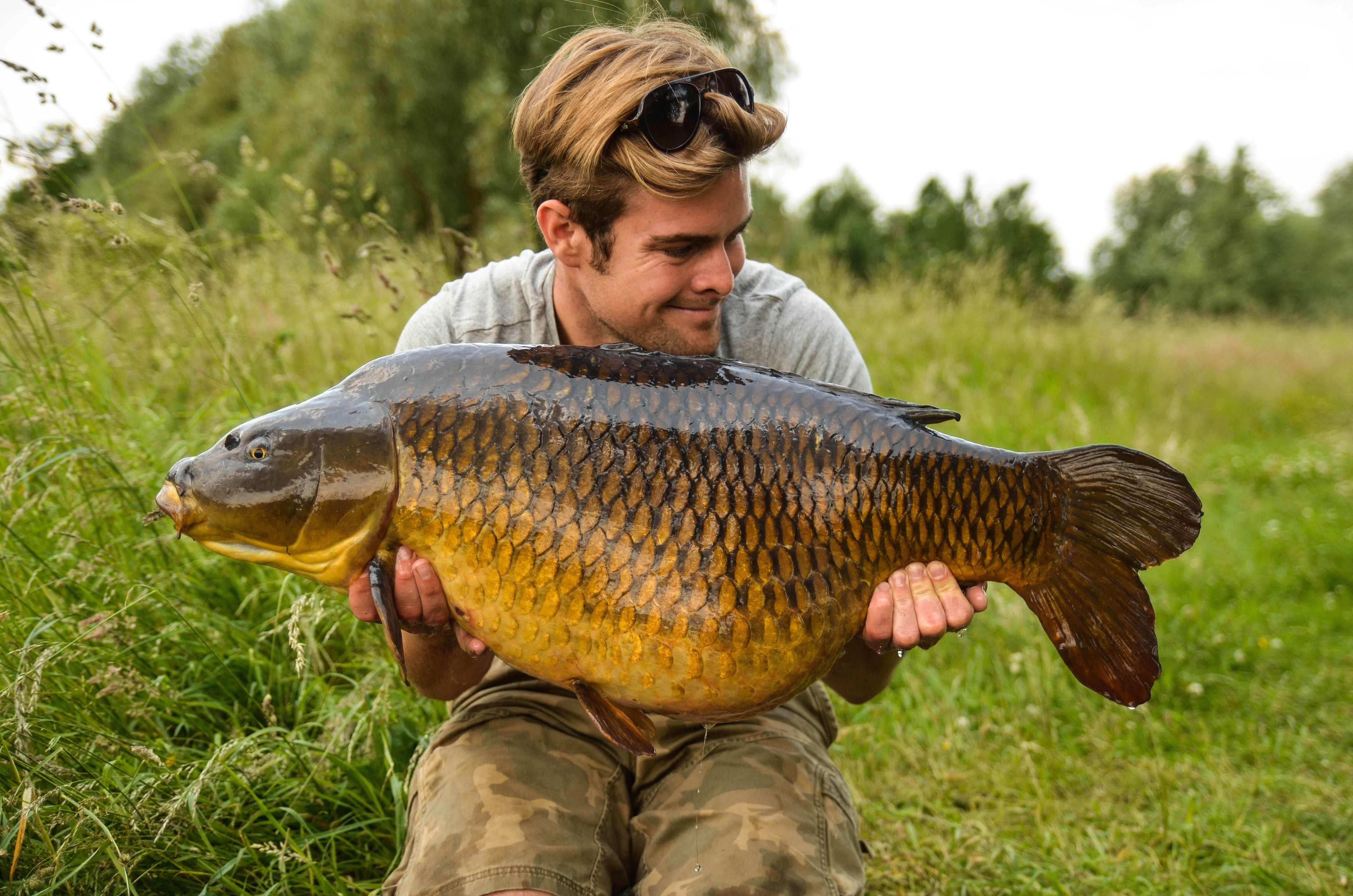
Surface fishing is a true skill. You just have to adapt yourself and I can assure you that not everyone ‘gets it’. Some anglers of whom I respect most, cannot handle floater fishing, it does their head in, they just haven’t got the patience.
You must sit on your hands sometimes. Certain carp will shy away from floaters being fed so a single, freelined hook bait flicked on their nose may be the only way to tempt them. Others however, need to be tricked into feeding in packs to get their confidence. It’s a learning curve it really is and there are no hard and fast rules.
All carp react differently. I’ve experimented with hook baits of varying buoyancies as certain pop-ups will be too buoyant and sit alien in the surface film. The way that the hook bait sits is imperative. You don’t want it to be overbuoyant, which is why I never use any artificial hook baits, like rubber dog biscuits, cork or foam. Unless of course, you can add a little weight!
My favourite type is simply a trimmed pop-up or Duo Floater to mimic my offering. I want my hook bait to match the hatch and look identical to the offerings that I have been trying so hard for the carp to accept. Why would you work tirelessly to get them feeding on nice, subtle biscuits, then place a bright pink pop-up in their face? I’ve done it before and yes it sometimes works, but I have found that matching the hatch is a far more effective way of enticing a confident take!
Feeding is imperative, the way that you feed, the distance you feed, in fact it’s imperative that you get it right and you can only act upon it when you’re in the situation. If they’re at distance, the only way may be with a Spomb in your armoury. However, think carefully. A huge rocket crashing on top of their heads will almost certainly blow your chances. Feed behind them, let the wind send them over the shoal. Remember, surface fishing is a fine art and the small percentages build your whole attack and will be the difference between success and failure.
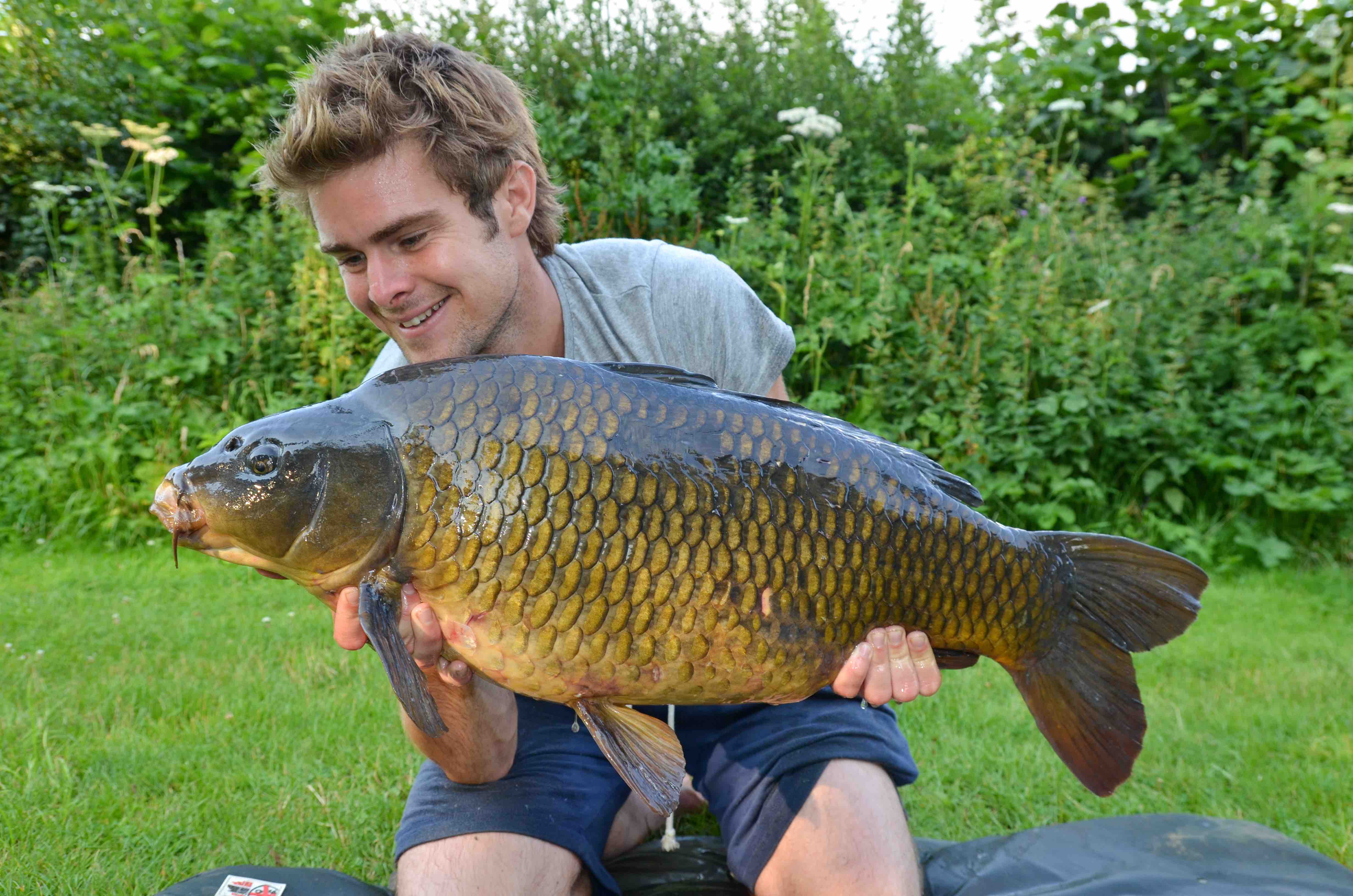
Some anglers of whom I respect most, cannot handle floater fishing, it does their head in, they just haven’t got the patience.
What you will need to tie surface fish!
James
Jimmy began his angling on the river Ouse with his father fishing for roach. His passion grew quickly and soon developed a love for big-fish across the globe!
James | 26th April 2020
